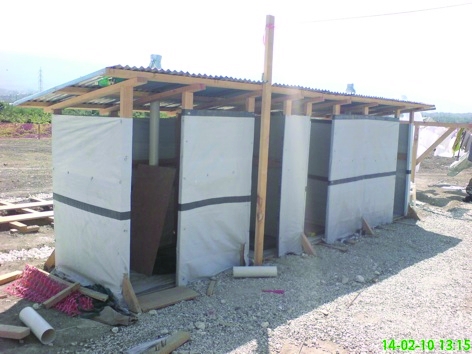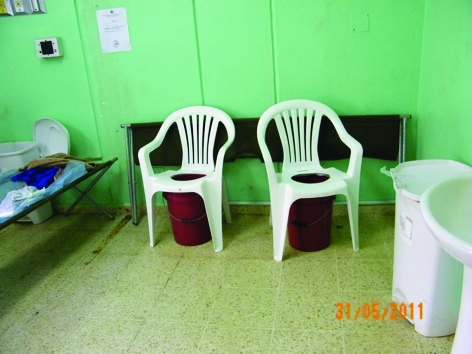In the last month alone 644 people have lost their lives in two earthquakes near Van, Turkey, as more than 11,000 buildings collapsed in and around the city. In one widely reported incident, six members of the same family were killed when their second-floor flat fell in on them.
The simple fact is that natural disasters present all kinds of challenges for engineers. Preparing for them is one thing – many more people would have been killed in the Japan earthquake and tsunami had Japanese building codes not been some of the most rigorous in the world.
But anticipating disasters, and designing and building accordingly, is just one side of the coin. As someone who responds to emergencies all over the world, I have come to realise that sound engineering design is equally important afterdisasters hit.
Take Haiti. My challenge there after the devastating quake in January 2010 was particularly tricky; reconstructing a badly damaged 10,000 litre water tower (about the weight of six cars, elevated five metres in the air) to supply a busy hospital.
We had limited materials. We couldn’t find any designs for a similar structure that could withstand aftershocks. And, all the while, the hospital was filling up with casualties who needed to stay hydrated.
The solution, once we had consulted every engineering resource we could think of, including some handy advice from the experts at RedR’s Technical Support Service, was to build the tank in a very different way. We reduced the size of it to 2000 litres and kept the remaining water in a bladder on the ground.
As we needed water under pressure to supply operating rooms and wards we had to pump it up to the tank. More laborious, yes. But at least the structure was less likely to come crashing down in another tremor.
The foundations were a challenge, too. We opted for a concrete raft with a wide base with four, widely spaced and inwardly angled reinforced steel columns. Concrete wasn’t an option as we couldn’t trust the quality of the cement. Our efforts worked. The hospital’s water supply was restored and the tower is still standing today – even surviving a few aftershocks since!
But it’s not only the big structures which need careful thought. A couple of weeks ago I taught a seminar on humanitarian engineering for a group of student architects.
I asked them to design a latrine for use in a post-disaster situation. It had to be suitable for a disabled child who had lost the use of his legs, in a Muslim country. It’s the kind of challenge that would have faced engineers in the aftermath of the recent Turkey quakes.

Firstly, the young architects looked up possible solutions online. Many found designs for latrines. But disabled latrines were harder to come by. Designs for culturally appropriate latrines were nowhere to be found.
And herein lie some of the challenges of humanitarian engineering in the field. Though essential in our world, in a remote, disaster-hit location you would rarely have access to the internet. What is more, local engineers who are tasked with building structures don’t usually work from drawings. They tend to rely on verbal explanations or copy structures they have built before.
Then there are the practical considerations. Kids are often scared of the dark, so latrines need to be well lit. If a child cannot use their legs, it’s best not to build something too far off the ground. Even something as simple as a chair with a hole in it can provide the best solution. And, in Muslim societies, toilets must not face Mecca.

In short, successful design in disasters is about attention to context, using local ideas, practices and materials and responding to the needs of the community – all essential principles if local people are to take ownership of new buildings and use them.
This might sound like back-of-an-envelope stuff, and often in the heat of a major crisis design in disasters is exactly that, but if it’s intelligent it can save lives, restore a little dignity and help set disaster-hit communities on the path to a faster recovery.
![]()
To find out more about RedR’s work, visit its website











Water Sector Talent Exodus Could Cripple The Sector
Well let´s do a little experiment. My last (10.4.25) half-yearly water/waste water bill from Severn Trent was £98.29. How much does not-for-profit Dŵr...